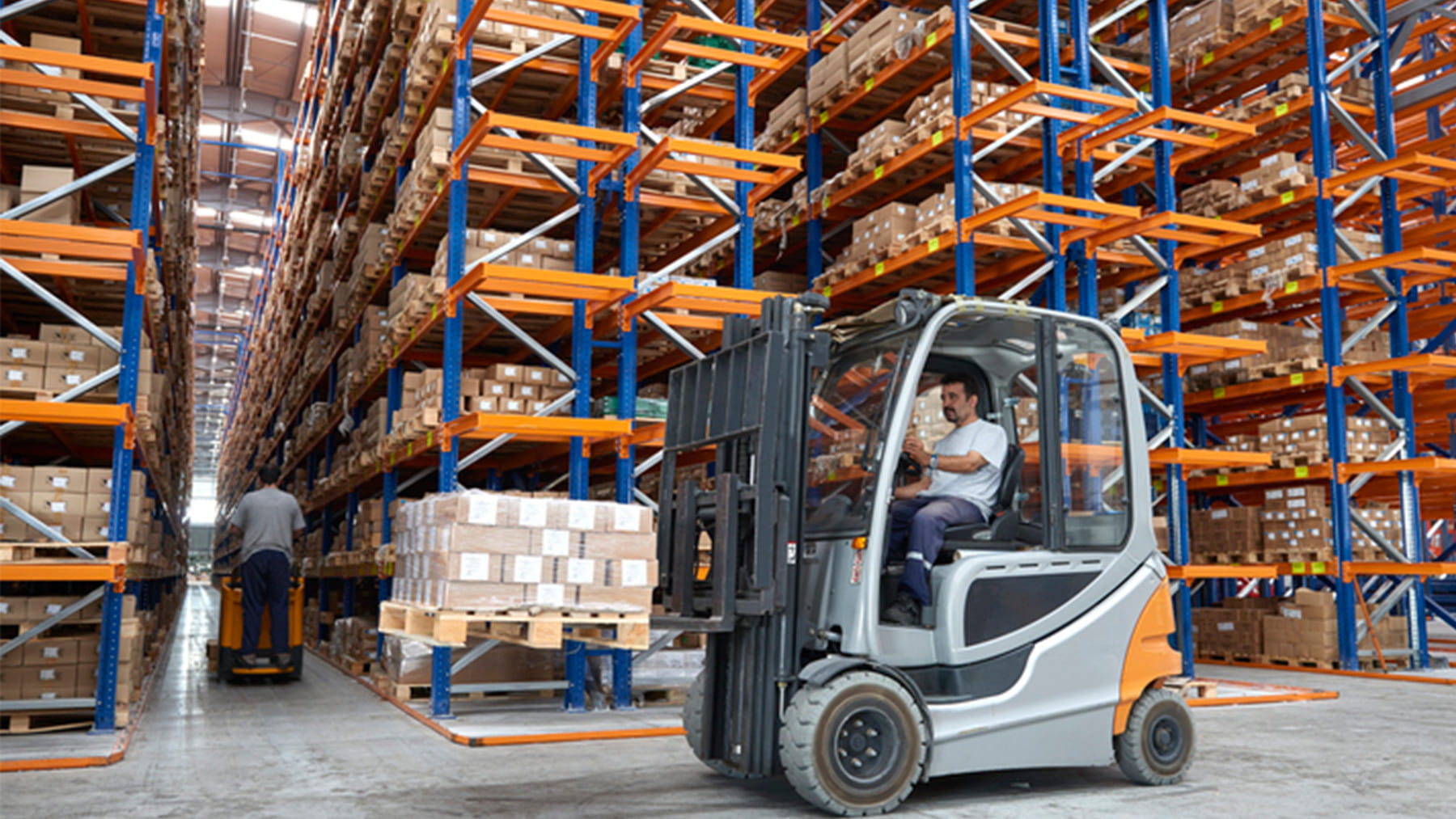It goes without saying that forklifts are indispensable in many industrial and warehouse operations, but when mishandled or poorly maintained, they can lead to serious injuries or fatalities. According to Safe Work Australia, there were 62 fatalities and over 6000 serious injury claims involving forklifts between 2015 and 2019. Understanding common forklift accidents and their causes is crucial for enhancing workplace safety.
Pedestrian Struck by Forklift
In May 2022, a worker at Mitolo Group Pty Ltd in South Australia was pinned between two forklifts, resulting in multiple fractures to his pelvis and spine. The incident occurred when one forklift reversed into the worker who was behind another forklift. The company was fined $180,000 for failing to provide adequate safety measures.
- Lesson Learned: Implementing clear traffic management plans and ensuring effective communication between operators can prevent such accidents.
Forklift Tip-Over Due to Improper Operation
A 27-year-old forklift driver at Severfield’s Dalton site in the UK was fatally crushed in 2013 when his forklift overturned while reversing at speed. The company was fined £135,000 for failing to enforce seat belt usage.
- Lesson Learned: Enforcing seat belt policies and proper training on safe operating speeds are essential to prevent tip-over incidents.
Unlicensed Operator Causes Fatal Accident
In 2020, an unlicensed forklift operator at a Melbourne logistics company collided with a pedestrian worker, resulting in a fatality. The investigation revealed the operator had no formal training or High-Risk Work (HRW) licence, and the employer failed to verify the operator’s licensing status.
- Lesson Learned: Ensuring all operators are properly licensed and trained is critical for workplace safety.
Worker Run Over Due to Poor Visibility
A labourer at a lumber distribution warehouse was fatally run over by a forklift in 2006. Factors contributing to the accident included the operator’s limited visibility, high noise levels, and the labourer possibly using a cellphone or MP3 player.
- Lesson Learned: Enhancing visibility, reducing noise distractions, and enforcing policies against personal device use can mitigate such risks.
Mechanical Failure Leads to Injury
In a case study by ARCCA, a warehouse worker operating a stand-up forklift believed he was about to collide with a building support column and attempted to jump out. He was caught between the forklift and the column, resulting in crushing injuries. The investigation highlighted the importance of maintaining forklift brake systems and ensuring operators are trained not to jump from forklifts.
- Lesson Learned: Regular maintenance and operator training on emergency procedures are vital for safety.
Improper Use of Forklift for Elevated Work
A worker used a forklift as a makeshift lift to perform repairs at height. While being moved to another location, he lost balance and fell, suffering severe head injuries due to not wearing a safety helmet.
- Lesson Learned: Forklifts should not be used for tasks they are not designed for, and appropriate personal protective equipment (PPE) must be worn.
Falling Load Causes Injury
Falling loads occur when a load slides, tips, or falls off the forks of a forklift – this type of accident usually happens when the load is off-centre, loose, or unsecured. Sadly, falling loads account for 8% of all forklift-related fatalities.
- Lesson Learned: Ensuring loads are properly secured and centred before lifting is essential to prevent injuries.
Enhancing Safety with Speedshield Technologies
At Speedshield Technologies, we are committed to preventing forklift truck accidents through innovative solutions:
- AiVA Pedestrian Detection System: Utilises AI to detect pedestrians and alert operators, reducing the risk of collisions.
- Operator Access Controls: Ensures only licensed and trained personnel can operate forklifts, preventing unqualified usage.
- Telemetry & Fleet Management (VAM): Provides real-time data on forklift operations, enabling proactive maintenance and monitoring of operator behaviour.
- Battery Data Recorder (BDR): Monitors battery health to prevent mechanical failures due to power issues.
By integrating these technologies, businesses can significantly reduce the occurrence of forklift accidents at work, promoting a safer and more efficient workplace. For more information about our state-of-the-art forklift safety solutions, don’t hesitate to get in touch.
